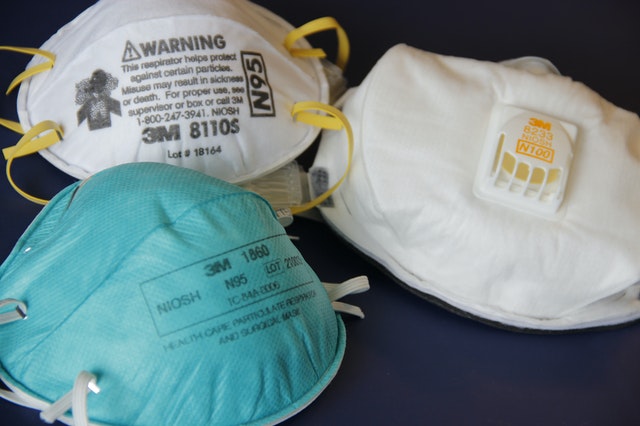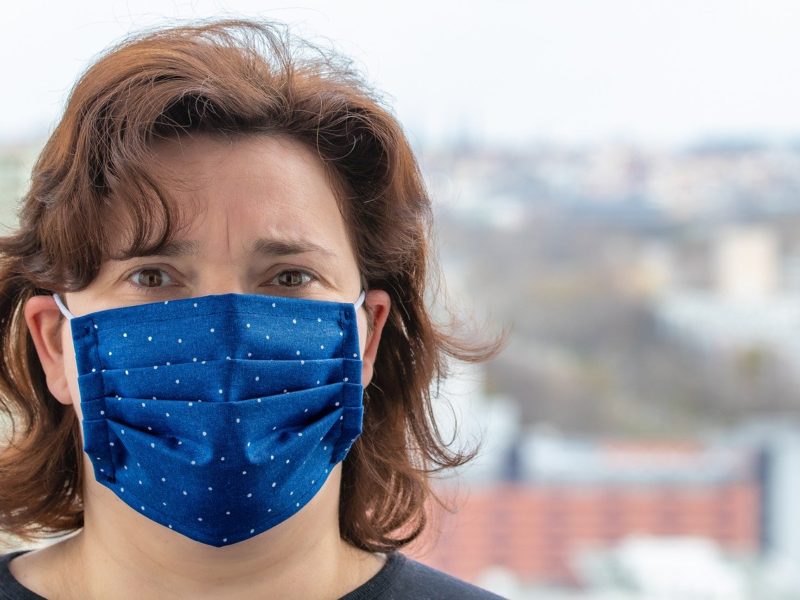
The Best Mask Materials That Offer Maximum Protection
Before we dive into the best mask materials that you can purchase, we need to bring this to your attention that a mask is not a replacement for physical distancing. Social distancing is still the most effective strategy to prevent the spread of the coronavirus. With that said, however, wearing a mask when outside can offer considerable protection against contracting the disease. By wearing a mask, you essentially protect other people from you and vise versa. However, the nature of this protection tends to vary depending on the type of material your mask has.
When purchasing a mask, focus first on the fit and the breathability of the fabric of the face mask. Make sure the mask is a tight fit but at the same time breathable. The more breathable it is, the more likely you are to continue wearing it without feeling the need to take it off. Let’s take a look at some of the best mask materials you can opt for.
Look For 100% Cotton

Most of the research supports the fact that a 100% cotton fabric with a tight weave is probably the best material you can opt for. While synthetic fiber offers reasonable protection as well, it lacks that three-dimensional structure that cotton provides. This 3D structure in the internal design of cotton fabrics is more efficient at blocking out particles that would otherwise pass through a smooth synthetic fiber material.
Polypropylene Filters For Fabric Masks

Say you opt for a 100% cotton fabric face mask and you wish to increase its efficiency somehow. Well, there is a way you can do that. Layering up your mask is a great way to improve its efficiency. Thankfully, most fabric masks feature a pocket inside which you can slip in a filter for additional protection. The best material for this filter has been found to be 100% polypropylene, a material derived from plastic. The polypropylene material has the ability to hold an electrostatic charge which allows the material to hold any incoming particles.
To Sum Up
That’s pretty much it. These two materials in combination can provide you with the maximum protection face masks have to offer. In fact, KN95 masks, considered to be the most effective as currently available on the market, feature a combination of these two primary materials. They feature many layers of fine polypropylene fibers. This enables the KN95’s to stop up to 95% of the airborne particles effectively. Most surgical masks feature polypropylene fibers as well, however, they don’t feature as many layers as the N95’s and KN95’s.
So, if you plan on making a DIY face mask or want to buy one online, be sure to look for these two primary materials. Moreover, take note of some additional aspects like the number of layers the masks feature, how well they fit your face, whether they are breathable and comfortable or not. Getting a mask with a pocket is also a good idea. So, you can replace the polypropylene filter at your convenience.



